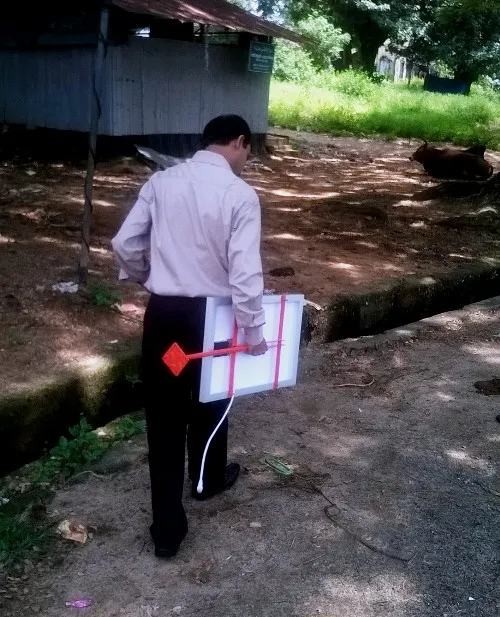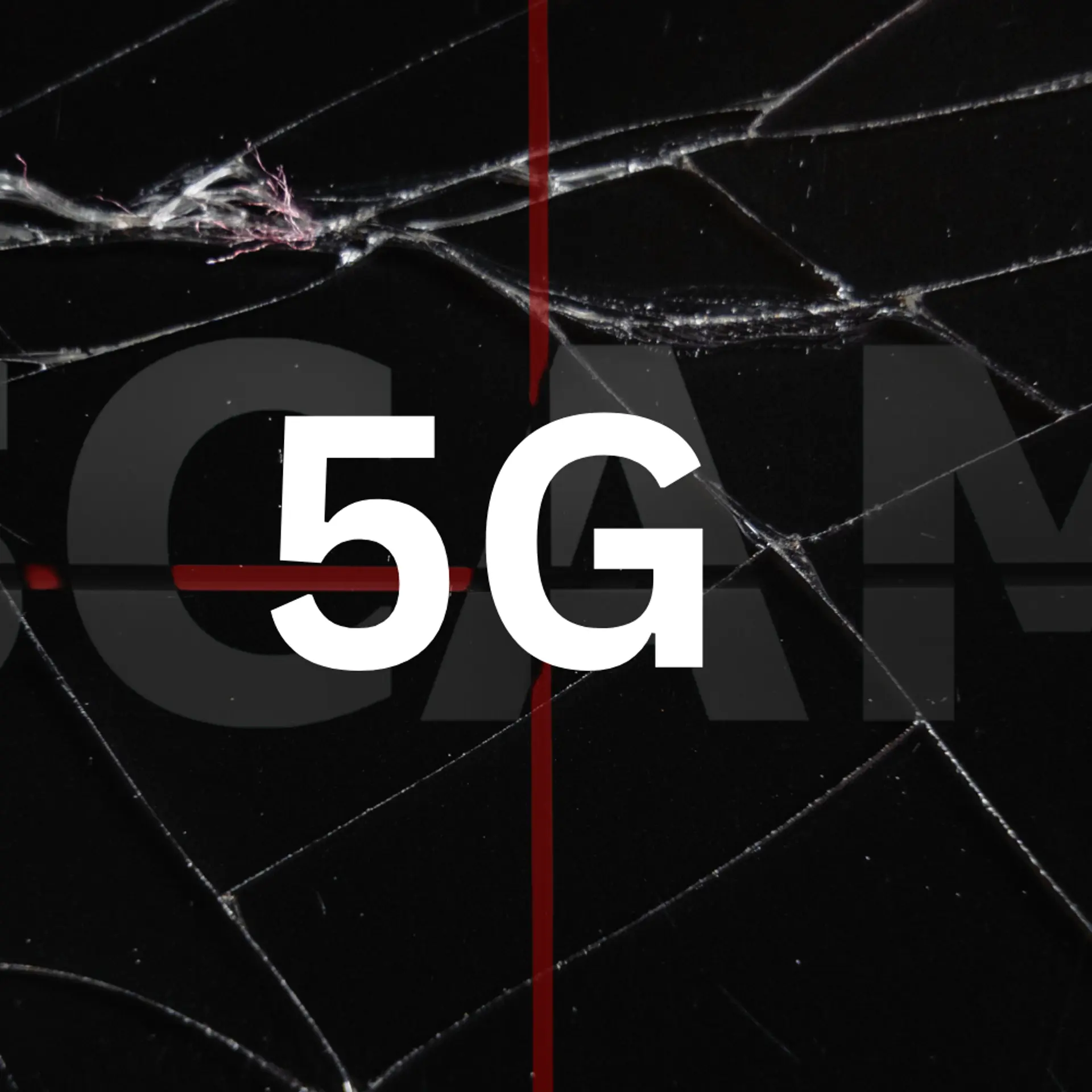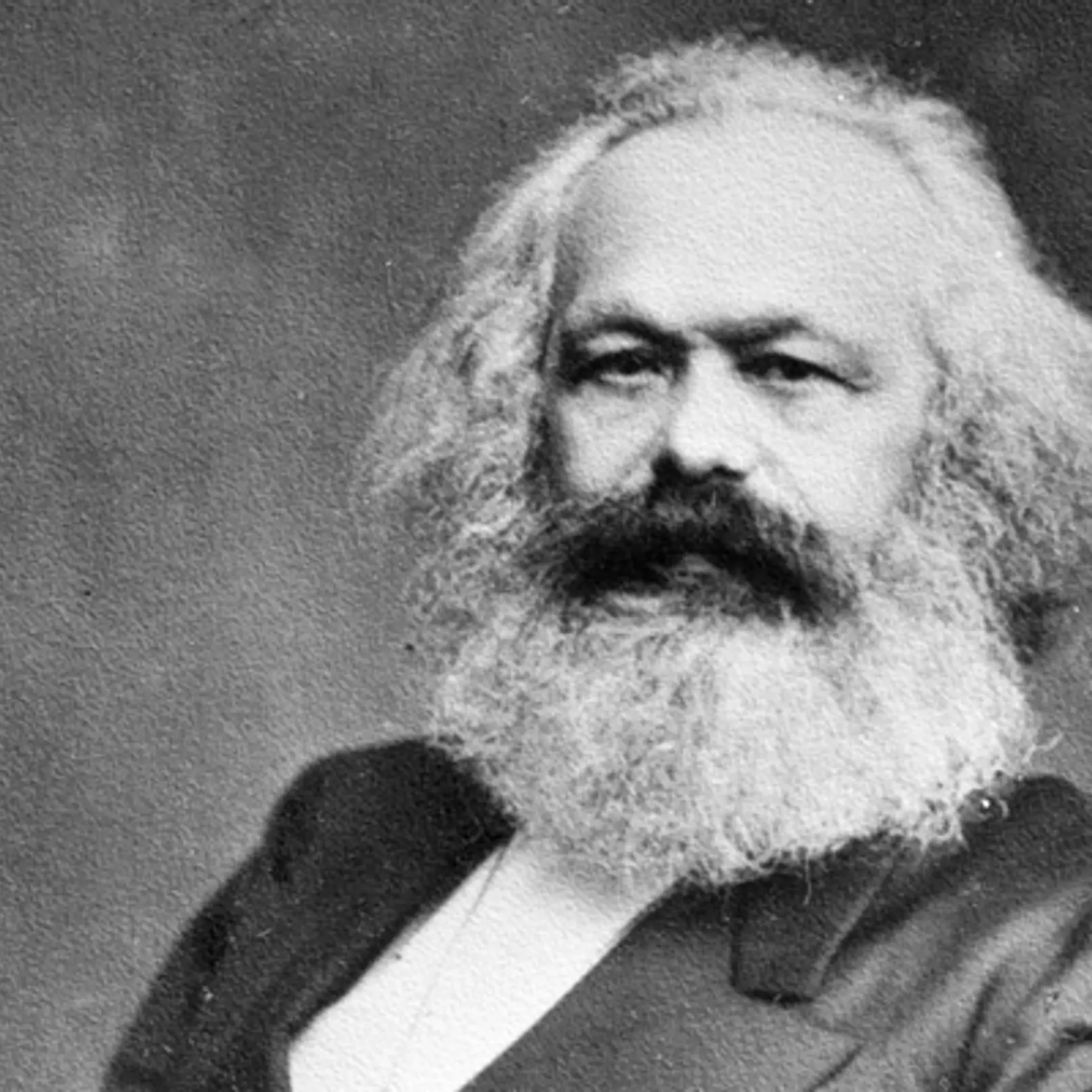Barefoot Power on how to make BoP population's life lighter while raising profit
The bottom of the economic pyramid is rarely a market that companies explore. To quote Rodney Crowell, and my friend who sells hot dogs in Milan, ‘ain’t no money’ there, but only a minefield of risks.
At least, this is the assumption that commonly prevails in the high business sector, where it is normally believed that BOP consumers not only lack purchasing power, but are also unable to discern the type and quality of the products they need. Yet, a new approach to the topic based on ‘jugaad’ principles has started gaining ground and questioning these preconceptions. Scarcity has become for many the opportunity to create value and employment.
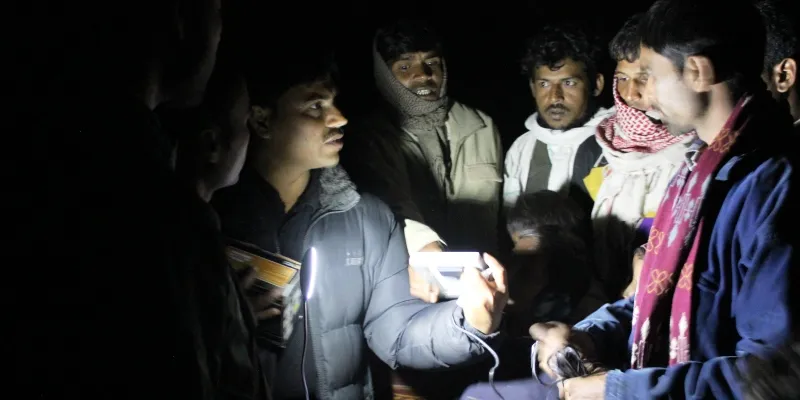
In 2005, the provider of solar products Barefoot Power, headquartered in Australia, had started targeting BOP markets in few African states. Now, it operates in 33 countries, and is expanding. The Indian branch was launched in 2012 and its success has been remarkable.
Sixty per cent of the 3.7 billion people in the world that are at the bottom of the pyramid live in India and China. This is probably one of the most determining factors that led Barefoot India to become profitable in just two years.
Vernie Sannoo, Managing Director of the company, says that Barefoot Power products – which are designed in Australia and manufactured in China –are sold in 15 states in the country, including Maharashtra, Tamil Nadu, Chhattisgarh, MP, UP, Orissa, Karnataka, and Jharkhand.
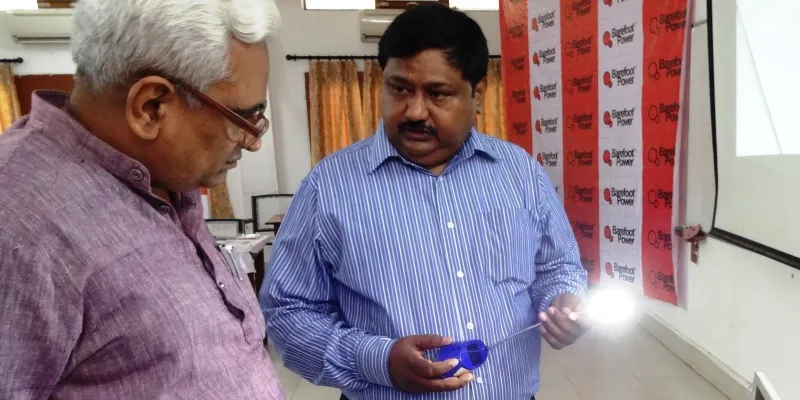
Barefoot Power’s system is based on five simple principles:
- Understanding the need of the consumers: Barefoot Power targets primarily consumers who are using non-clean and unreliable sources of lightening, like kerosene lamps, and provide them with efficient solar-powered lamps.
- Providing consumers with adequate purchasing power: “We’re using seven different channels of financing (as opposed to one or two like other companies): microfinance; non-banking finance; banking; our own retail channels; CSR activities; partnering with local government; and finally, training and funding NGOs to disseminate our products,” says Vernie.
- Supporting micro-entrepreneurs for retailing: Barefoot Power has partnered with KIVA (a non-profit organisation that connects people able to lend money to low-income and underserved entrepreneurs and students) to provide loans to micro-entrepreneurs. The condition being that they will not use it for inventory but to provide products according to the demand. Vernie explains that this avoids inconveniences: “We don’t stock ourproducts with distributors and we don’t have liabilities for taking back those products. Unlike other companies, we want to push the product to the end consumer, rather than to the distributor.”
- Creating an efficient and diversified delivery system: Barefoot Power has an in-house logistics team and are connected with third-party logistics companies like Blue Dart. 90 per cent of their products go to rural areas, which often are not served by major delivery services. “In those cases, we use local transport systems,” says Vernie.
- Diversifying consumers’ aspirations: The efficiency of the products has increased the loyalty of Barefoot’s consumers who are willing to explore more. “With time, we’ve observed a change in our costumers’ aspiration. From just lamps, they start asking for phone chargers, fans, and TV.”
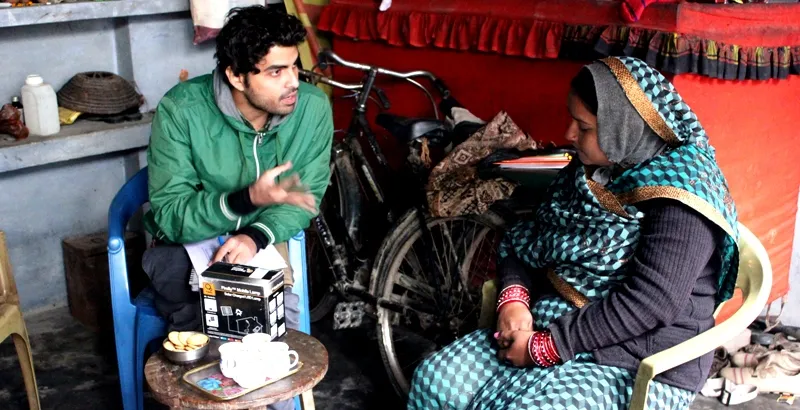
This system has helped the company to cut down significantly onoperational costs. “Operationally, we have a small team of 8-10 people, so our expenditure on manpower is very low. We invest more in training people in the rural markets and on helping them scale up,” points out Vernie.
A key element in Barefoot Power’ s success is the stress on partnerships, as opposed to building company operations. “What we really need is to build the end consumer’s confidence; otherwise we spend too much on marketing and on giving demos in last mile mum-and-pop stores. We chose partners who enjoy the confidence of their rural consumers and, mainly for this reason, the gestation period between showing a product to a consumer and convincing them to buy is not very high with us,” explains Vernie.
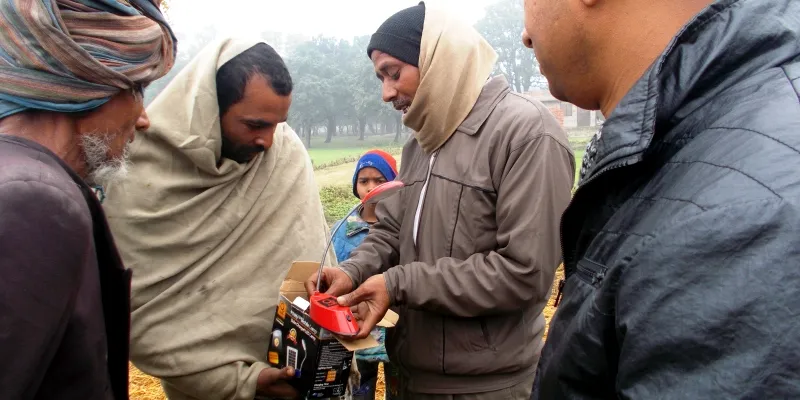
Partnerships help in overcoming the main challenge in this business, namely the costumers’ ability to pay back the loan, says Vernie: “By involving other entities like corporates, banks, and other institutions we make sure that money moves effectively from the source to the end consumers, and then comes back.”
Barefoot Power India now contributes 15 per cent to the overall global revenue of Barefoot Power. Vernie adds that this is only the beginning and his team is in the process to raise debt funds, which will be used to expand to Bangladesh and Nepal and go deeper into the Indian market.
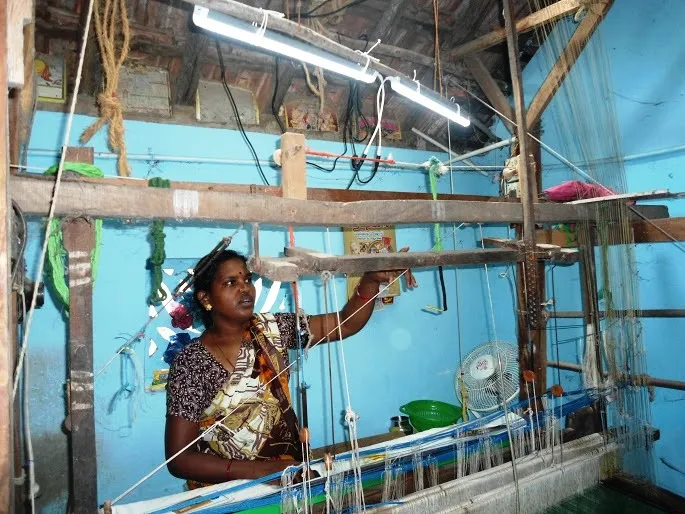
Vernie concludes that, “Today our confidence level is much higher so we’re planning to expand the product line for more aspirational customers; whereas earlier we were redesigning and re-pricing our products to reach out to the lower-end segment of the market”
Including the bottom of the pyramid into global market is important because it distributes resources and opportunities to more people creating an alternative means of development. Nonetheless, this market has only recently been explored and ethical issues related to the cultural, social, and economic condition of consumers will always need to be considered. Pricing, advertising, choice of products to sell in BoP markets have been controversial questions for other companies who had targeted this socio-economic segment. Barefoot Power has grown 300 times more than what it initially expected. This does not only indicate Barefoot Power’s success, but also their responsibility in creating additional value from their business. Grassroot human understanding, creativity,and jugaad will definitely help.
